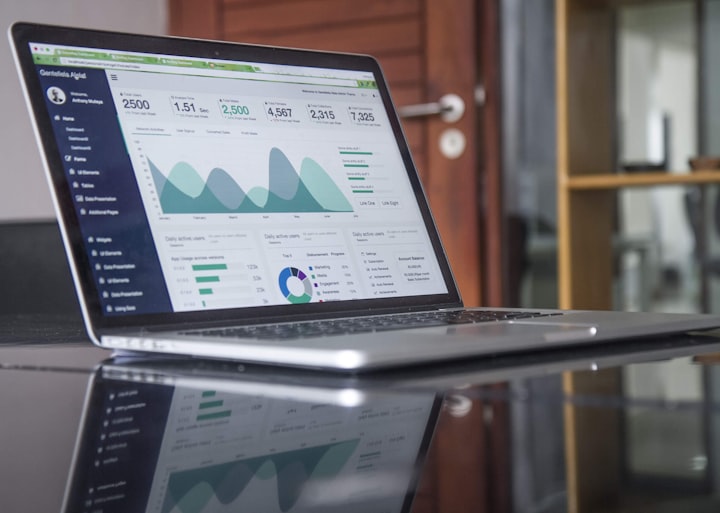Best Practices for Collaboration between Web Designers and Developers
Read the article to understand more

In today’s digitally driven world, the collaboration between web designers and developers is more important than ever. The success of a website depends on not only its functionality but also its visual appeal. And in order to create a successful website, web designers and developers must work together as a cohesive team. However, the relationship between web designers and developers can be complicated and practice makes perfect. Here are the best practices for collaboration between web designers and developers:
1. Communication is key
Web designers and developers have different sets of skills and expertise. Web designers focus on the layout, appearance, and user experience, while developers concentrate on the functionality, coding and back-end development. Therefore, it’s important for both parties to communicate effectively, be transparent and work together throughout the entire process.
Effective communication skills are essential for collaboration. The first step is to establish a shared language or vocabulary that both designers and developers can understand. This includes using standardized software packages, design and development terminology, and project management software where team members can discuss tasks and progress.
Web designers and developers should also establish open lines of communication to discuss timelines, project goals, and feedback. This will help to ensure that the design and development process remains on track and the project is delivered as per the client's requirements.
2. Define roles and responsibilities
Web designers and developers both contribute different areas of expertise. Therefore, it’s important that clear roles and responsibilities are defined from the start of the project. By doing so, team members can avoid confusion, overlap, and misunderstanding.
Web designers should focus on the aesthetic, functional and usability of the interface, while developers should focus on the technical and coding aspects of the site or application. By clarifying the roles and responsibilities, team members can create an end product that is consistent and cohesive.
3. Create a set of standards and guidelines
Standardizing the design and development process can greatly enhance collaboration between web designers and developers. By creating a set of standards and guidelines for tasks such as the use of fonts, colors, and style sheets, designers and developers can work in a more productive and efficient manner.
The use of standardized design templates and coding guidelines enables designers and developers to quickly understand the project’s image and coding requirements. This increases efficiency, reduces confusion, and improves the end product.
4. Utilize design and development software tools
Using common design and development software tools that are accessible to all team members, can help to fast track the collaboration process. Having easy access to design and development tools such as Adobe Photoshop, Sketch or Figma allows both designers and developers to work in the same workspace, ensuring that the project remains consistent throughout the design and development process.
Another important tool to utilize is a shared version-control system such as Github. This enables developers to work more effectively across multiple code branches, while still maintaining code integrity.
5. Regular communication throughout the project lifecycle
Regular communication throughout the entire project lifecycle is essential for collaboration between web designers and developers. This includes regularly scheduled meetings to discuss project progress, upcoming design or development tasks, and any potential issues or roadblocks that may occur.
Regular communication also helps to ensure that both designers and developers are on the same page, and that the project is progressing as per the client's requirements.
6. Collaborate using Agile Methodologies
Collaboration between web designers and developers can be enhanced through the use of Agile methodology, which is an iterative and incremental approach to project management. Agile methodology has several benefits such as:
- A focus on collaboration between design and development teams to enable fast feedback loops.
- A high degree of flexibility to adapt to rapidly changing requirements or design changes.
- A continuous improvement approach, where the team learns from each iteration and makes continual improvements to the project.
Adopting Agile methodology can result in a more cohesive and productive working environment between web designers and developers.
7. Test, review and iterate
One of the most crucial aspects of any design and development project is to test, review and iterate as much as possible. This can be a collaborative process between designers and developers. Collaborating to test a site's usability, functionality and the user experience can identify any errors or defects, ensuring that issues are addressed before the final version of the site is delivered to the client.
Conclusion
Collaboration between web designers and developers is essential for the success of a website. Effectively collaborating on web design projects requires careful planning, open communication, clearly defined roles and standards, and the use of different types of software tools. Regular communication throughout the project lifecycle and the use of Agile methodologies can also help to enhance the collaboration process between web designers and developers. By adopting these best practices, web designers and developers can work together more efficiently, resulting in a cohesive end product that meets the client's expectations.
Checkout my #1 recommended web designer by Clicking Here.





Comments
There are no comments for this story
Be the first to respond and start the conversation.